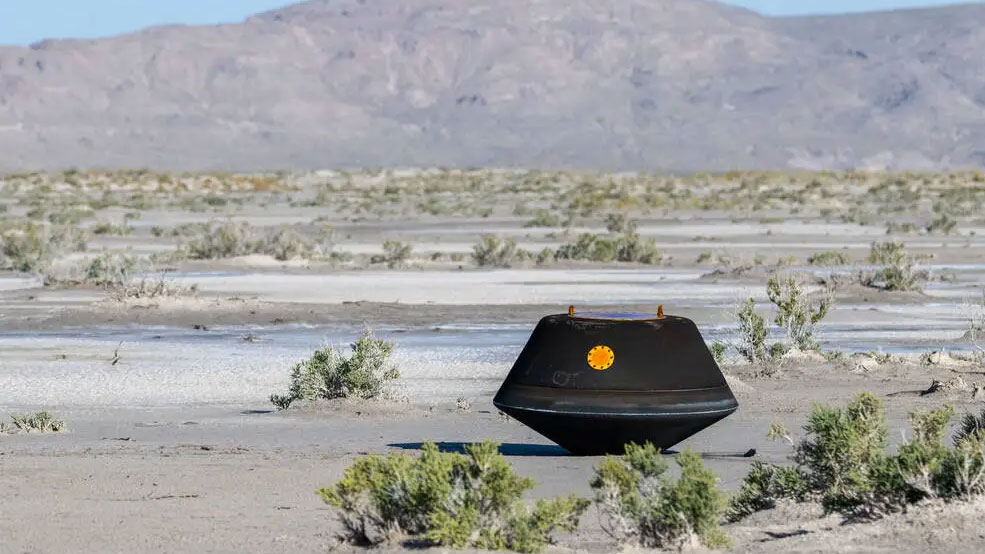
Space
NASA’s OSIRIS-REx spacecraft brought back bits of the asteroid Bennu
Dirt from the asteroid Bennu could hold clues about the material that built our solar system — and possibly where life comes from.
Come explore with us!

Dirt from the asteroid Bennu could hold clues about the material that built our solar system — and possibly where life comes from.
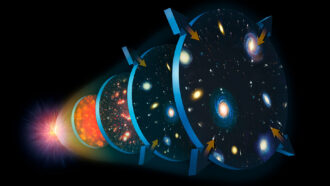
Scientists have a good understanding of the laws that make our universe tick. But they still don’t quite know how it began — or will end.
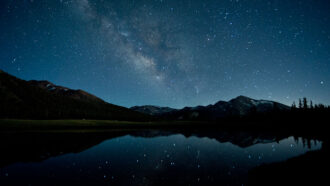
Energy, mass and the cosmos' structure evolved a lot over the past 13.82 billion years — much of it within just the first second.
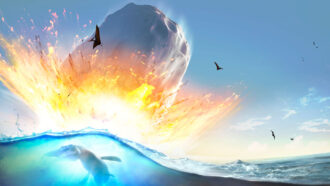
A craterlike structure found off the coast of West Africa might have been formed by an asteroid that struck around the time dinosaurs went extinct.

Diamond is born under extreme heat and pressure inside Earth and elsewhere in the universe.
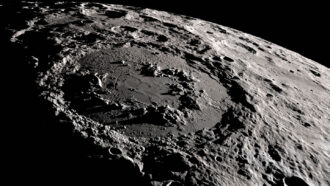
Volcanic eruptions billions of years ago may have produced several temporary atmospheres on the moon that held water vapor.
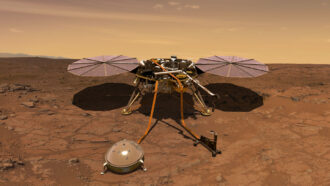
This magnitude 5 quake is offering scientists a peek at what’s going on beneath the Martian surface.
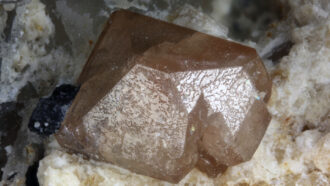
Chemical hints observed in zircons suggest when the important process of plate tectonics first took off.
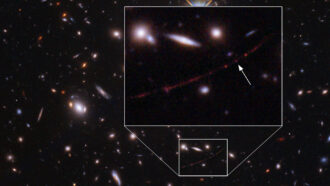
A thin red arc found in an image from the Hubble Space Telescope shows starlight from nearly 13 billion years ago.
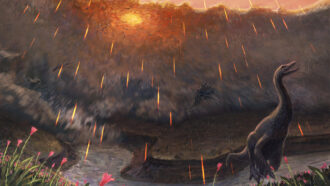
Fish fossils from North Dakota suggest when the Chicxulub asteroid devastated Earth, triggering the mass extinction of dinosaurs and other species.